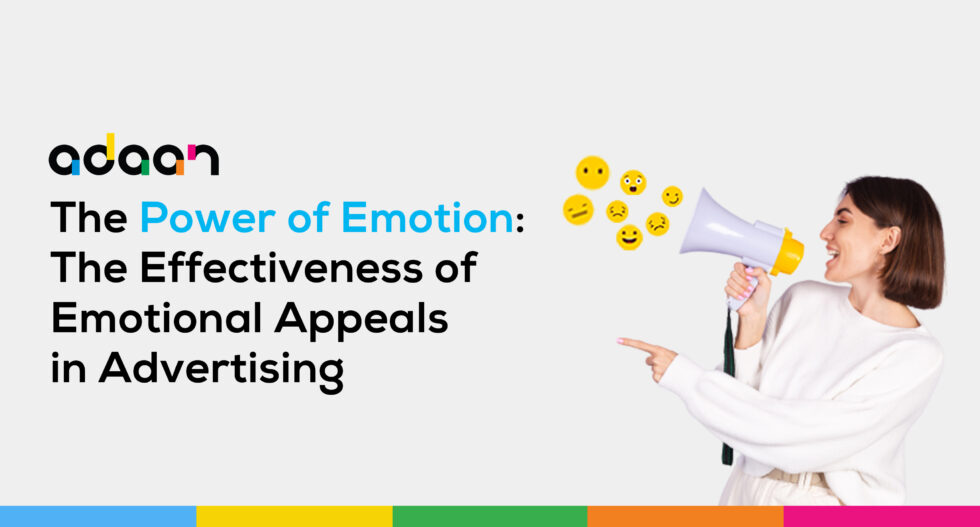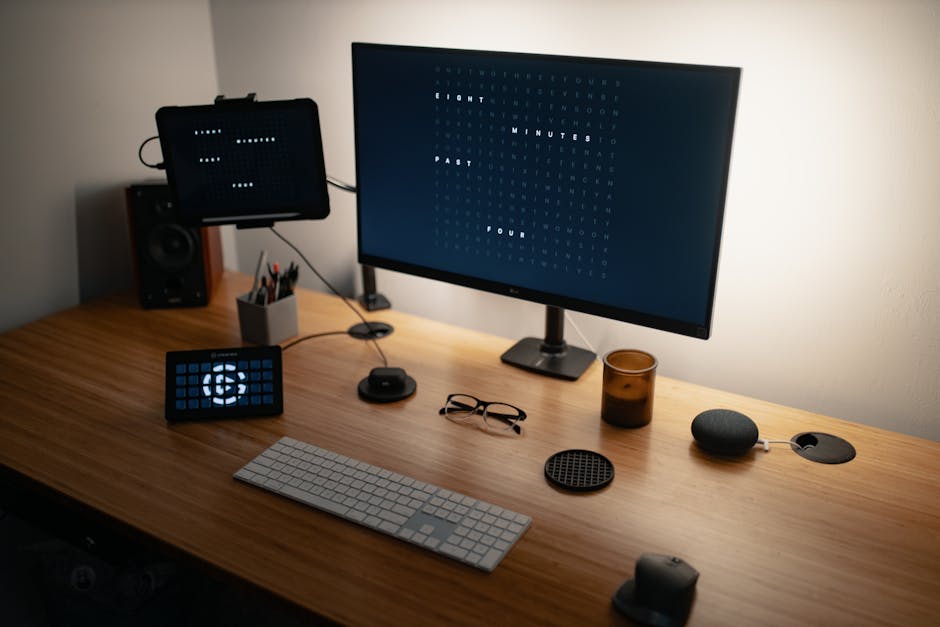
Are you tired of staring at logos all day and wondering what psychological tricks they’re playing on your subconscious? Well, buckle up, because we’re about to dive into the wild world of logo design strategy and explore the fascinating intersection of psychology and branding. Get ready to unravel the mysteries of why certain logos make you feel all warm and fuzzy inside, while others leave you scratching your head in confusion. Grab your magnifying glass and put on your thinking cap, because we’re about to embark on a journey into the minds behind some of the most iconic logos in the world. Let’s get ready to decode the secrets of logo design strategy!
Understanding the psychology behind color choices
Have you ever wondered why you’re drawn to certain colors? Well, let me enlighten you with some fascinating insights into the psychology behind color choices.
Color psychology is like a mysterious maze where emotions, cultural influences, and personal experiences all play a role in our color preferences. Here are some quirky facts to make you see colors in a whole new light:
- Red is the color of passion and power, but it also increases appetite. No wonder fast-food logos are almost always red!
- Yellow is the color of happiness and optimism, but it can also be overwhelming if used excessively. Think caution signs… or that one overly enthusiastic sunflower.
- Green is the color of nature and harmony, symbolizing growth and tranquility. It’s a peaceful color unless you’re talking about traffic lights during rush hour.
Now, let’s talk about the infamous debate over black and white. Some say black is elegant and mysterious, while white is pure and clean. But have you ever considered that black is all colors mixed together and white is the absence of color? Mind-blown, am I right?

Utilizing human emotions to create impactful logos
When it comes to crafting a memorable logo, tapping into human emotions is key. Think about it – humans are emotional creatures! So why not utilize those feelings to create a powerful and impactful logo that truly resonates with your target audience?
One way to do this is by incorporating colors that evoke specific emotions. For example, using red can elicit feelings of passion and excitement, while blue may evoke a sense of trust and calmness. By choosing the right color scheme for your logo, you can immediately connect with your audience on an emotional level.
Another strategy is to incorporate shapes and design elements that trigger certain emotions. For instance, using bold, sharp lines can convey a sense of strength and power, while rounded shapes may evoke feelings of warmth and comfort. By playing around with different shapes and symbols, you can create a logo that speaks to your audience in a profound way.
And don’t forget about the importance of typography! The font you choose for your logo can also have a big impact on how it is perceived. Bold and modern fonts may convey a sense of innovation and progress, while elegant and flowing fonts can evoke feelings of sophistication and luxury. Be sure to choose a font that aligns with the emotional message you want your logo to communicate.
The impact of shapes and symbols on consumer perception
When it comes to consumer perception, it’s amazing how much the shapes and symbols of a product can influence our decision-making. Take the iconic golden arches of McDonald’s, for example. Those two simple arches have become synonymous with fast food and convenience. Who knew that two curved lines could make us crave a Big Mac?
But it’s not just the big brands that use shapes and symbols to sway our opinions. Have you ever noticed how certain shapes can make a product seem more luxurious or upscale? A sleek, minimalist design can make even the most basic item feel like a designer piece. It’s like magic, but with geometry.
And let’s not forget about the power of symbols. From the Nike swoosh to the Starbucks mermaid, symbols have a way of embedding themselves in our minds and creating associations with specific brands. It’s like a secret code that only true consumers can decipher. Who knew that a simple checkmark or a green mermaid could hold so much influence over our shopping habits?

Creating a sense of trust and credibility through design
When it comes to designing a website, the key to building trust and credibility lies in the details. From the layout to the color scheme, every element should work together to communicate professionalism and reliability.
One way to create trust through design is by using clean and organized layouts. A cluttered website can give off the impression of chaos and disorganization, which is the last thing you want your visitors to think when they land on your page.
Another important aspect of design that can help build trust is the use of high-quality images and graphics. In a world full of stock photos and poorly designed logos, having original and visually appealing graphics can really set your website apart.
Lastly, incorporating elements like customer testimonials and reviews into your design can go a long way in establishing credibility. Visitors are much more likely to trust your brand if they see that others have had positive experiences with your products or services.

Incorporating cultural influences into logo design strategy
Cultural influences are the spice of logo design, like a pinch of paprika in your design stew. Incorporating these influences into your logo design strategy can give your brand a flavor that stands out from the bland copycat companies out there.
When musing about cultural influences, think about the symbols, colors, and imagery that represent various cultures around the world. Why settle for a generic logo when you can spice it up with a dash of cultural flair?
Here are some ways you can incorporate cultural influences into your logo design strategy:
- Think about the colors that are traditionally associated with certain cultures. Bold reds and yellows for Chinese influence, earthy tones for Native American vibes, or vibrant purples and pinks for a nod to Bollywood.
- Consider incorporating symbols or motifs that are iconic in a particular culture. Whether it’s a Japanese cherry blossom, an African tribal pattern, or a Celtic knot, these elements can add depth and meaning to your logo.
- Don’t be afraid to play with typography that reflects the unique writing systems of different cultures. Imagine a logo that combines Arabic calligraphy with Roman letters, or Chinese characters with a modern sans-serif font.
Appealing to target demographics through visual elements
Visual elements play a crucial role in appealing to different target demographics. By utilizing the right colors, fonts, and imagery, you can capture the attention of potential customers in a matter of seconds. Here are some creative ways to make sure your visuals are hitting the mark:
– **Use vibrant colors:** Bright and eye-catching colors can attract a younger demographic, while more muted tones may appeal to older audiences. Think about the emotions you want to evoke and choose colors accordingly.
- **Incorporate diverse representation:** Including a variety of people in your visuals can help different demographics see themselves in your brand. Make sure to represent people of all ages, races, genders, and abilities.
– **Choose fonts wisely:** The font you use can convey different messages to different demographics. Play around with different font styles to see what resonates with your target audience. For example, a more playful font may appeal to a younger crowd, while a classic serif font may be more appealing to an older demographic.
Remember, it’s important to constantly test and adjust your visual elements to see what works best for your target demographics. Keep experimenting and don’t be afraid to think outside the box!
FAQs
Why is psychology important in logo design strategy?
Because logos have feelings too! Just kidding. Understanding psychology helps designers tap into the subconscious meanings and associations people have with certain colors, shapes, and symbols, allowing them to create logos that evoke the desired emotions and convey the intended message.
How can colors impact consumer perception in logo design?
Oh, colors are like the spices of the logo design world – they can make or break the dish! Different colors can evoke different emotions and associations, like red for energy and passion, blue for trust and stability, and yellow for joy and optimism. So, choosing the right color palette is crucial for shaping how consumers perceive a brand.
What role do shapes play in logo design psychology?
Shapes, shapes, shapes, they’re not just for geometry class! In logo design, shapes can subconsciously communicate different messages – like circles for unity and harmony, squares for strength and stability, and triangles for progression and dynamism. Choosing the right shapes can help reinforce the brand’s identity and values.
How can typography affect the emotional response to a logo?
Typography is like the personality of the logo – it can be bold and confident, or soft and approachable. Different fonts convey different vibes, so choosing the right typography can help evoke the right emotional response from consumers. Just remember not to use Comic Sans, unless you want people to cringe!
What are some tips for incorporating psychology into logo design strategy?
First things first, do your research and understand your target audience - what emotions do you want to evoke, what values do you want to communicate? Then, play around with colors, shapes, and typography to create a logo that speaks to those subconscious triggers. And don’t be afraid to get a little experimental - after all, psychology is all about understanding human behavior, which can be pretty unpredictable!
Unlock the Power of Psychology in Logo Design
Now that you’ve delved into the fascinating world of psychology in logo design, go forth and create designs that speak to the subconscious minds of your audience. Remember, a well-designed logo can convey a deeper message and evoke strong emotions. So whether you’re aiming for trust, nostalgia, or a good ol’ chuckle, incorporate some psychological tricks into your next logo design strategy. Happy designing! 🧠🎨🚀












